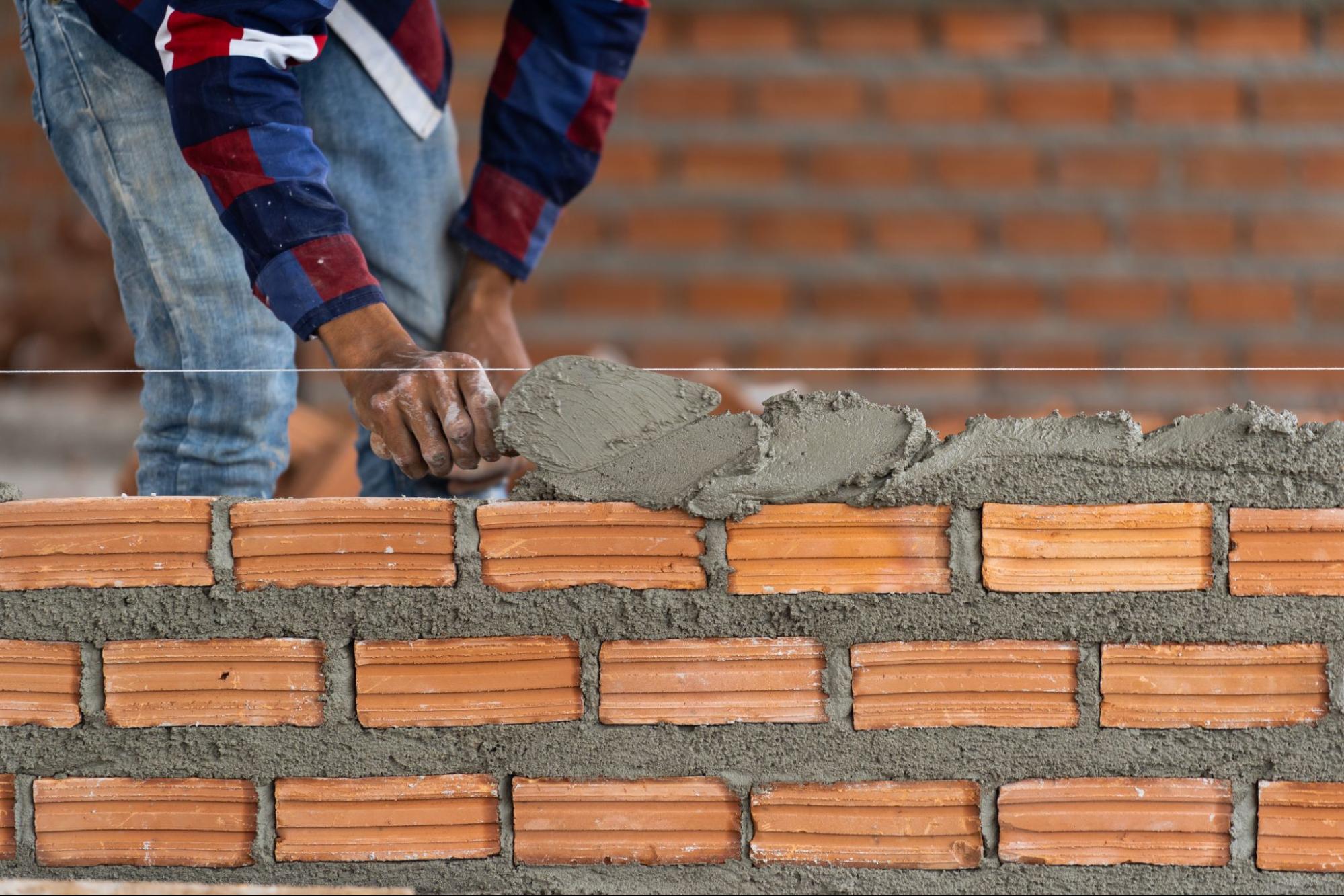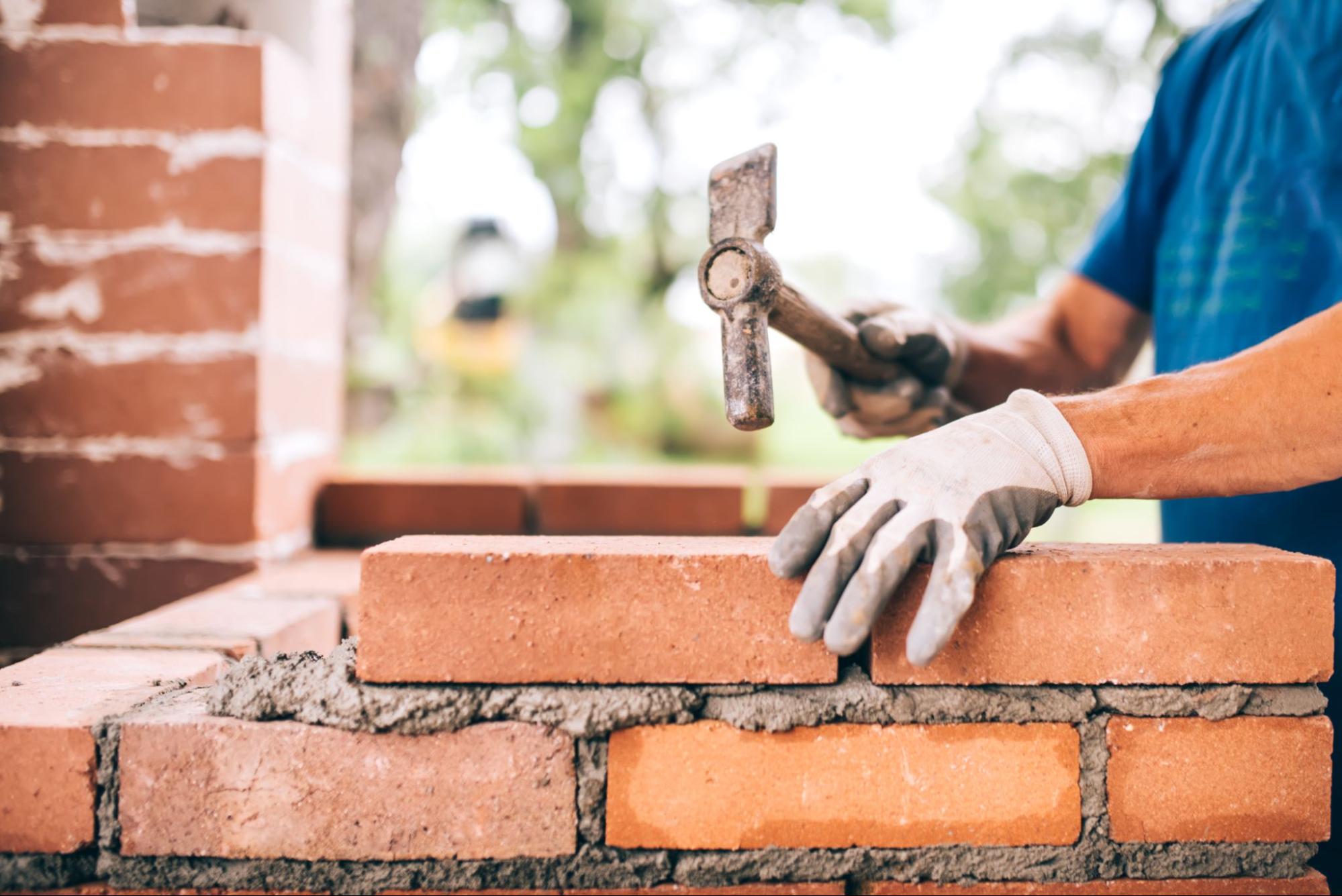
admin
October 30, 2025
Masonry work is the process of building structures using individual units, such as bricks, stones, or concrete blocks, bound together with mortar. This centuries-old craft is responsible for some of the world’s most enduring architectural feats, including cathedrals, castles, and monuments. In modern construction, masonry is still widely used because of its strength, durability, and versatility. The materials involved are fire-resistant, weatherproof, and capable of supporting substantial loads, making masonry ideal for both residential and commercial projects. Despite advances in building technologies, masonry remains a foundational practice in the construction industry.
Masonry work has been a key component of architectural design for thousands of years, dating back to ancient Egypt, Mesopotamia, and Rome. The pyramids, aqueducts, and stone temples that have survived the test of time showcase masonry’s remarkable durability and resilience. These ancient builders understood the value of stone and brick not just for their strength but also for their aesthetic qualities. Even today, many historical structures remain standing largely because of the robust methods and materials used in their masonry. This legacy of craftsmanship continues to influence modern building practices.
One of the most significant advantages of masonry work is its unmatched strength and longevity in structural design. Masonry units are dense and durable, often capable of withstanding extreme weather conditions, heavy loads, and fire hazards. When properly constructed, masonry walls can last for centuries with minimal maintenance, far outlasting many wood or steel-based systems. This is why masonry is still commonly used in foundational work, load-bearing walls, and exterior façades. For long-term value and reliability, masonry remains a top choice in construction planning.
Masonry work also contributes to sustainability goals in today’s construction environment, thanks to the natural and abundant materials it uses. Brick, stone, and concrete blocks are not only recyclable but also highly energy-efficient, helping to regulate indoor temperatures and reduce energy consumption. The thermal mass of masonry materials helps buildings stay cooler in summer and warmer in winter, reducing reliance on HVAC systems. This makes masonry an eco-conscious solution for modern builders looking to balance function with environmental responsibility. Additionally, many masonry materials have low embodied energy, further reducing the construction industry’s carbon footprint.
Whether the goal is a rustic stone cottage, a sleek modern office, or a dramatic façade, masonry work can be tailored to meet the design intent of virtually any project. This adaptability makes it ideal for both new construction and renovations that aim to preserve or reinterpret architectural character.
The variety of masonry materials allows designers to experiment with surface finishes, color palettes, and intricate patterns to enhance a building’s visual appeal. From subtle textures to bold statement walls, masonry provides options that suit nearly every visual concept.
Masonry’s visual weight and handcrafted details lend character to both residential and commercial properties, making them stand out with a sense of permanence and style. Its presence can significantly raise perceived value and help properties make a strong first impression.
When combined with wood, glass, or metal elements, masonry work helps create balanced designs that blend traditional stability with modern aesthetics. These mixed-material projects are increasingly popular in contemporary architecture for their layered textures and visual depth.
Thanks to its unmatched combination of beauty and utility, masonry remains a preferred choice among architects seeking both function and flair in their projects. Its enduring popularity speaks to its ability to evolve with trends while maintaining timeless appeal.
Safety is another crucial reason masonry work remains essential in modern construction. Masonry walls provide exceptional fire resistance, reducing the spread of flames and giving occupants more time to evacuate in emergencies. The solidity of brick or concrete block construction also enhances structural stability during natural disasters such as earthquakes or high winds. Because masonry is less likely to collapse under pressure compared to lighter materials, it contributes significantly to occupant safety and building code compliance. These safety benefits are significant in commercial and institutional buildings where regulations are strict.
While masonry work may cost more initially, its durability and performance often result in long-term savings that justify the investment. Over the decades, this investment has paid off by minimizing the need for significant repairs or premature replacements.
Masonry structures require little upkeep, which means fewer repair bills and less time spent on maintenance over the years. This reliability makes them especially appealing for commercial buildings and multifamily properties.
The thermal mass of masonry materials helps regulate indoor temperatures, reducing reliance on heating and cooling systems. As energy costs continue to rise, these savings can significantly reduce monthly utility bills.
Masonry is naturally resistant to pests, mold, rot, and general wear, helping avoid costly structural problems down the line. Its strength also means fewer vulnerabilities during extreme weather events or seasonal shifts.
Thanks to its longevity, energy performance, and resilience, masonry remains one of the most financially sound choices in construction today. Property owners benefit from both immediate peace of mind and strong resale potential.
The success of any masonry project depends heavily on the skills of the laborers involved, which is why masonry work is considered both an art and a trade. Masons are trained to understand the properties of different materials, proper mortar mixtures, and techniques for ensuring structural integrity. Their expertise ensures that every wall, column, or façade is built to last and meets safety standards. This craftsmanship also adds character and value to buildings, making them stand out in both function and appearance. Skilled masonry labor remains a critical component in maintaining construction quality today.
While masonry work is rooted in tradition, today’s builders benefit from updated tools that improve precision, reduce labor strain, and speed up construction. Power cutters, laser levels, and mortar mixers have streamlined many tasks that once required intensive manual effort.
Modern systems, such as precast panels and reinforced masonry walls, enhance durability and enable faster installation on larger-scale projects. These advancements also contribute to more consistent quality and better structural performance under load.
Technology now supports masons through design software that enables highly accurate layouts, structural planning, and aesthetic customization. This digital integration helps reduce human error while allowing for complex architectural detailing.
New mortar blends and engineered materials make masonry work more sustainable and versatile, even in demanding environments or climates. These innovations also improve bonding strength and curing times, enhancing long-term performance.
With these innovations, masonry continues to evolve to meet the expectations of today’s architects, builders, and clients without sacrificing its core strengths. It bridges the gap between timeless craftsmanship and cutting-edge construction efficiency.

Looking forward, masonry work will remain a vital part of how we build homes, offices, schools, and infrastructure. Its unmatched combination of strength, beauty, safety, and sustainability ensures it holds a permanent place in the construction industry. As builders seek materials that stand up to environmental challenges and architectural expectations, masonry offers a proven solution. Its rich history and adaptability have secured its role in shaping both our cities and our cultural landmarks. In every sense, masonry remains the backbone of modern construction.
To learn more about what masonry work is and why it’s still the backbone of modern construction, visit our Onyx Home Improvement blogs.
Tags:
Latest News
Recent News & Articles